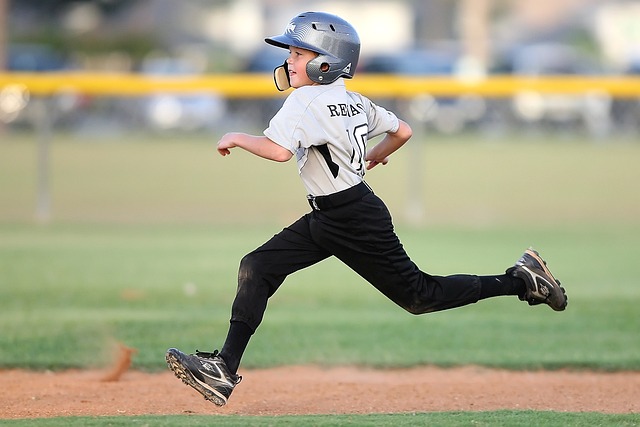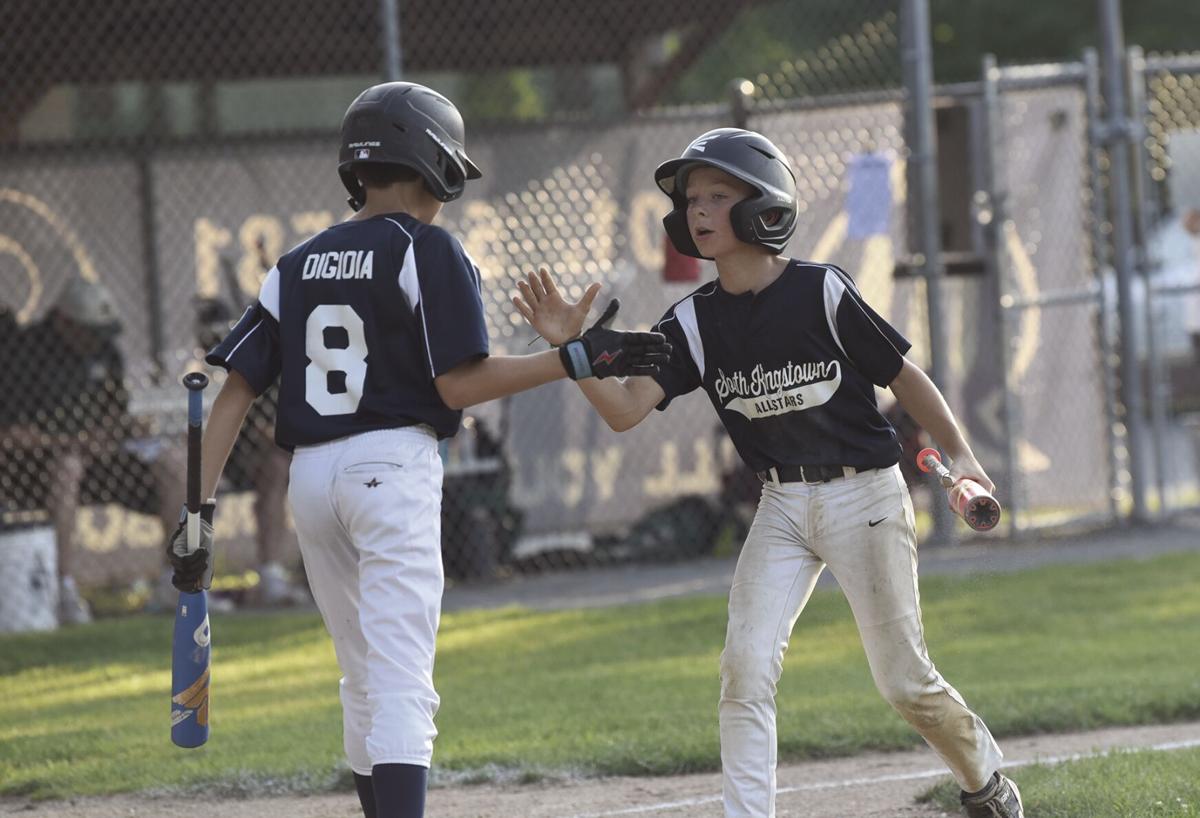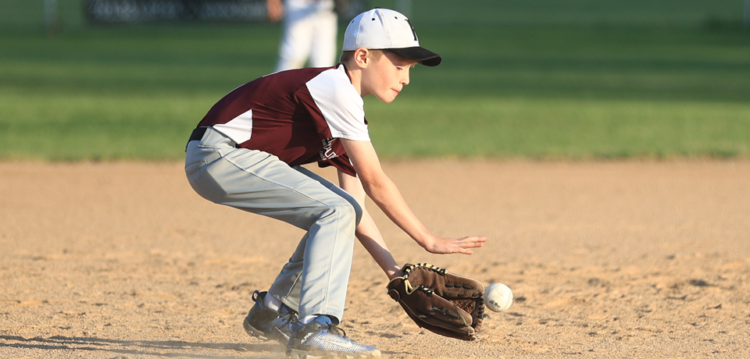Hey there future baseball superstars! Coach Mark here with the inside scoop on the key skills you should start practicing long before you step foot on the field with a team. I’ve played and coached youth baseball for over 20 years, so trust me when I say mastering these fundamentals ahead of time will ensure you start off on the right cleat!
The 10 vital fundamentals to learn before joining any baseball team are: throwing, catching, fielding ground balls, hitting, bunting, base running, pitching, catching pitches, positioning, and signals/terminology.
1. Proper Throwing Mechanics Are Essential
One of the most important things to work on from a young age is proper throwing technique. That means stepping towards your target with the opposite foot, getting full arm extension during release, following through completely after the throw, and ensuring proper grip and arm slot on the ball. Take the time to drill good throwing habits because it’s very hard to break bad ones later on. Set up targets to improve your accuracy too. A good thrower is an asset anywhere on the field. As a bonus, strong and accurate throwing translates well to pitching too!
2. Become a Vacuum Cleaner at Catching
What good is a great throw if your teammate can’t catch it? Work relentlessly on your catching skills by snagging all kinds of throws – bouncing, wide, in the dirt, etc. Quick hands and light feet will get you in front of poor throws. Position your glove properly depending on ball height and learn how to smoothly transition the ball from your glove to your throwing hand. Don’t be afraid to lay out for errant throws either! The extra effort pays off when you make a tough catch to record a key out.
3. Practice Firing Lasers on Ground Balls
Fielding grounders is all about consistency. Learn how to approach ground balls by getting low and out in front with your glove to the ground. Shuffle quickly, field clean hops whenever possible, then make crisp accurate throws over to first base. Drill this sequence constantly and get comfortable fielding backhands, slow rollers, short hops, and bad hops too. The more you take on, the more versatile of a fielder teammates and coaches will consider you.
4. Master the Sweet Science of Hitting
Natural talent goes a long way when hitting, but focused repetition of proper swing mechanics takes hitters to the next level. Work tirelessly on keeping your hands back before striding, rotating your hips and torso, driving through the ball with the barrel, and following all the way through to finish high. As comfort builds, start tracking spin on pitches and learning controlled aggression to drive mistakes over the fence! There is always room for hitting fundamentals though, so keep honing that pretty swing.
5. Drop Some Surprise Bunts Like a Pro
The ability to lay down a great bunt can really change a ballgame when executed properly. Practice squaring early, angling the bat properly, and focusing on either sacrificing yourself or slyly bunting for a hit. Being able to reliably bunt for a base hit down the line adds a fun new weapon to your offensive game. Additionally, mastering the suicide squeeze bunt to score a teammate from third base might just cement your status as a baseball legend if you can pull it off!
6. Hustle Hard and Smart on the Bases
Once you put the ball in play, the fun has just begun! Working on intelligent and aggressive base running is so important. Take quality leads, get great jumps on batted balls, learn how to read the defense, understand coach’s signs, and run hard through first base every single time. But also be aware of situations to avoid running into unnecessary outs. A single cleverly stretched into a double can set up teammates to drive in runs with productive outs too. Base running mixes physical tools with wit and awareness.

7. Dazzle Them with Your Pitching Prowess
If pitching is your passion, then focus early on repeating effective mechanics for each pitch in your arsenal. Refine smooth windups and stretch motions, consistency hitting locations, changing eye levels, and spinning breaking balls that buckle knees. Work to out-think hitters by sequencing pitches intelligently and commanding all quadrants of the zone. Fielding your position well is big too – from snagging screaming liners to covering first base flawlessly. Dominant pitching gives your team a chance to win every time you take the mound!
8. Make Catching Cool Behind the Plate
The catcher is essentially the on-field manager, so start learning that critical role by framing pitches cleanly, blocking wayward pitches in the dirt, and controlling the running game with pinpoint throws. Calling the right pitches and sequences is incredibly important too as you get older. Command respect by intercepting wild pitches, calming pitchers’ nerves during jams, and generally taking charge of the defense. There is definitely an art to developing all the special skills required of a lights out catcher.
9. Gain an Edge Knowing Positions Inside Out
All good ballplayers learn the basics of positioning no matter where they play on the field. Dive deeper into mastering your set positions as well as learning how to shift situationally based on hitter tendencies and game circumstances. Focus on understanding situational awareness – knowing outs, counting runners, anticipating plays before they develop. Keep your head on a swivel so nobody catches you napping! Knowing where to be on the field and when often makes all the difference between a rally killing out or a game changing hit.
10. Learn Signs and Lingo Like a Seasoned Pro
Finally, make sure you brush up on all the signals coaches and teammates use on the field to relay information quickly and covertly against your opponents. Memorize what calls mean from multiple sign givers. Also study up on common baseball slang and advanced sabermetrics terms that announcers and analysts use to break down the game. The more conversational language and coded communications you master now, the better equipped you’ll be to contribute on the field and in the dugout discussions with your future teammates!
Additional Tips for Baseball Fundamentals
Perfect Playing Catch with Proper Footwork
Playing basic catch may seem insignificant, but diligently working on smooth footwork fundamentals while tossing improves all other throwing skills down the road. Keep things loose and fluid by starting just 15-20 feet apart to build rhythm and comfort. Shuffle step towards your catching partner, working front shoulder to target and gaining ground with each throw. Resist throwing flatfooted or off your back foot which strains arms. Creating momentum stepping into throws maximizes velocity and accuracy. Vary side to side throwing too – throwing across body develops good technique breaking the habit of opening hips early. Keep eyes glued to the ball through release, snapping wrists upon exit. Lengthen distance between you and challenge by throwing to left, right, high, low while maintaining proper footwork. Finely tune footwork first before boosting arm strength!
Foster Flawless Field Communication
Crisp and clear on-field communication remains grossly underappreciated, yet completely changes defensive integrity. Start signaling “I got it” vocally on pop flies and visually with hands up to avoid collisions. Announce balls bouncing between positions to prevent uncertainty about who should field it. Learn cutoff protocol for outfielders hitting the relay man to home plate. Yell “tagging!” if throwing behind a wandering baserunner. Call the number of outs without hesitation if asked. Tip teammates about tricky bounces or bad hops you notice. Verbally own every fly even when closely grouped to enhance focus while tracking. Develop coded pitch signals from the dugout. Energize the infield yelling “Nice play, let’s turn two here” before critical twin killing double plays. Communicate constantly, especially warning infielders before lining comebackers at them when you pitch! Communication skills endear teammates, showcase leadership, reveal baseball intellect and prevent costly miscues.
Aggressively Study Opponents for an Edge
Progressing to higher levels of play requires seriously scouting opponents’ strengths, tendencies and signals. Train your baseball eyes watching good pitchers sequence offerings intelligently, repeatedly targeting specific zones to deceive hitters. Detect hitter vulnerabilities like struggling with two strike sliders low and away. Peer into dugouts, decoding coach’s sign sequences for safety squeezes, double steals or intentional walks. Identify common pitches called on 2-0, 3-1 counts. Memorize usual defensive shifts applied to pull heavy sluggers. Does the third baseman charge on routine grounders? When’s the left fielder shallow or shaded towards the line? Spot endless clues tipping what opponents want to do, then discuss tells with coaches to gain key advantages. Applying shrewd scouting report details creates big wins through better positioning, smarter pitching sequences and exploiting weaknesses. Out-studying adversaries wins games long before first pitch!

Choose Equipment Maximizing Skill Development
Young players clamor for flashy top end gear seen on TV, but premium equipment won’t immediately transform less refined skills. Stick with essentials (glove, bat, helmet, cleats) then gradually add to your baseball wardrobe as fundamentals strengthen. Start with lighter bats focusing on centering balls instead of muscling heavier lumber chasing distance. Break in the pocket of bigger gloves well before upgrading size. Experiment hitting softer balls off tees developing clean contact rather than attacking real baseballs too soon. Lower compression balls aid honing finesse pitches as you refine grips, arm angles and finishes. Only switch equipment when clear ceilings are reached, not from peer pressure or marketers dangling the next big thing. Matching developmental equipment with emerging skill unlocks pure talent, instilling lifelong muscle memory much quicker!
In Conclusion: Baseball Fundamentals Lead to Success on the Diamond
Whew, we just covered so much exciting ground laying out the core baseball competencies vital for young athletes to pick up prior to joining a team at any level! Clearly baseball is infinitely complex, but genuinely improving these 10 fundamental areas (throwing, catching, fielding, hitting, bunting, base running, pitching, catching pitches, positioning, signals/terminology) will ensure you hit the field with confidence and the skills needed to thrive.
Trust me when I say coaches always notice hard workers with proficiency in multiple facets of the game too. Strive to be a flexible player willing to contribute however asked because one dimensional athletes usually sit the bench or get limited opportunities. Keep watching the pros, asking savvy coaches for tips, and outworking your peers in practice sessions. Lay that solid foundation now before joining a squad so your new teammates can count on you when the game is on the line!
I hope this guide fires you up to start preparing for future baseball glory days. Dreams of playing professional ball fuel many young athletes, but improving all phases of your game incrementally now will help make those visions an eventual reality! You got this future baseball legend, now get out there and put in the work! One day devoted fans will be proudly wearing jerseys with your name on the back.
Frequently Asked Questions:
What’s the best way to learn proper throwing mechanics?
Find a knowledgeable coach to closely observe and constructively critique your throwing motion. Start slow with short tosses, then gradually build up to longer throws focusing on good habits – stepping towards target, full arm extension, follow through, proper grip/release.
If I’m really struggling to catch, will extra reps help me improve?
Absolutely! Very few players are born with sure hands. Expect drops early on and don’t get frustrated. The key is repetitively conditioning your hands and eyes to track balls smoothly into glove. Ask a coach to hit fungoes tailored to your skill level and gradually increase difficulty catching all kinds of tricky hops.
Why focus so much on fielding fundamentals?
Defense often gets overlooked by young hitters anxious to smash homers, but strong defensive play helps win championships. Fielding cleanly stops opponents’ rallies while converting more outs limits their chances to score. You’ll play far more defense than offense in a typical game too. Fielding well separates good players from complete players.
How do I learn proper hitting mechanics on my own?
Grab a friend or coach to film your swing from multiple angles first. Compare to footage of star hitters focusing on where your form differs – hand positioning, hip turn, weight transfer, follow through, etc. Shadow swing daily feeling proper movements then take plenty of flips and batting practice to ingrain technical soundness through repetition.



